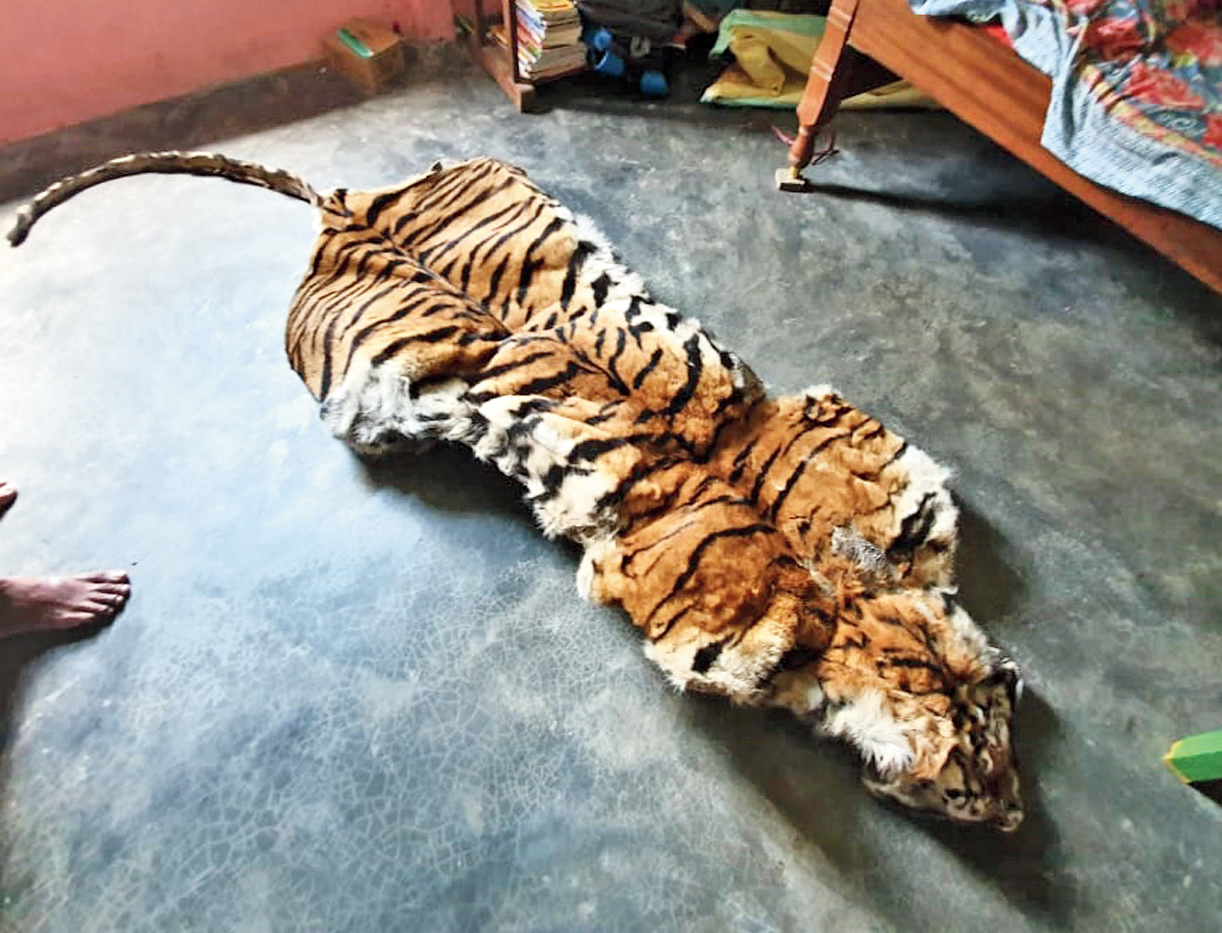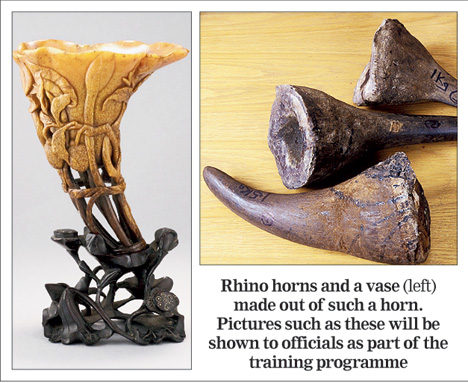Problems can sometimes be far bigger than they appear, thereby rendering their solution more difficult. This was the implication of the analysis of the global trade in wildlife, which showed that over 5,500 species of amphibians, birds, mammals and reptiles are sold to meet human demands for meat, medicines, clothing, luxury items and pets. The study, published in a research journal in the United States of America, not only reveals that there has been a 40-60 per cent rise in the trade of terrestrial vertebrate species, but also identifies up to 3,000 additional species that are set to be at risk of endangerment in the future if current trends persist. These signs are worrying on a number of counts. First, they indicate the massive scale of the problem. The numbers and varieties of species involved in the illegal trade are so extensive that they pose a serious challenge to the conventional notions of what kinds of animals are usually poached, trafficked and endangered. While the illegal trade in wildlife is neither new nor a secret, the focus in terms of interventions has been traditionally narrow, and often distorted. The dangers facing India’s tiger population receive considerable attention. But should there not be efforts — institutional and philanthropic — to dispel the invisibility around lesser-known or smaller species, such as the African reed frog, the Asiatic brush-tailed porcupine and the Bengal bushlark, all of which are at risk of commodification?
Another cause for concern is the emergence of a number of nations other than China as ‘hotspots’ for such unlawful activity, mainly because of severe lapses in their regulation mechanisms. The wildlife act in Malaysia, for instance, has so many loopholes that prosecuting traffickers for trading in protected species — they are sold even on social media — is difficult. Given that the country, much like the other ‘hotspots’ identified by the study, grapple with problems of poverty and corruption, it stands to reason that merely strengthening the laws or bolstering forest patrolling will not solve the problem. The interventions must be reimagined to be holistic, and problematic cultural notions pertaining to ownership — the desire to own ‘exotic’ pets is pushing several species into danger — must be addressed. This is crucial at a time when a global momentum is being built towards creating freer spaces for wildlife to exist and thrive. Unless governments and civil societies work together to alter mindsets, the world’s biodiversity will continue to dwindle.



